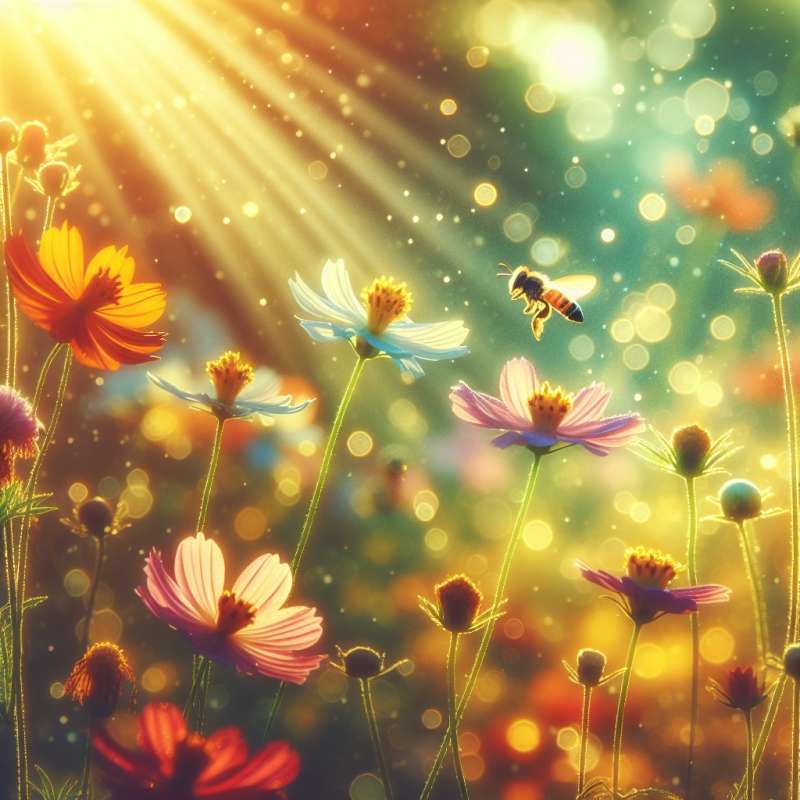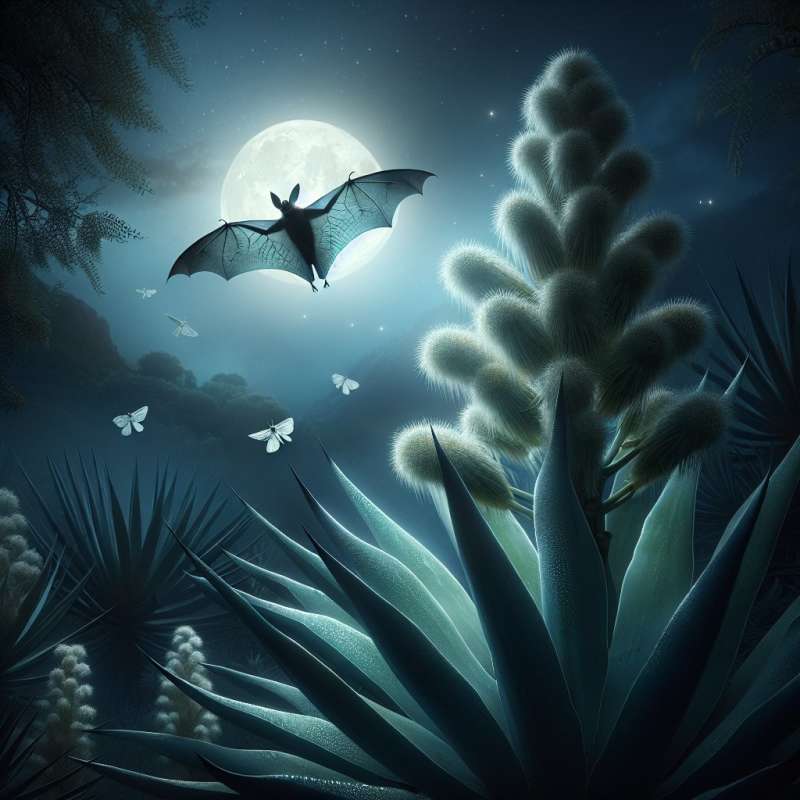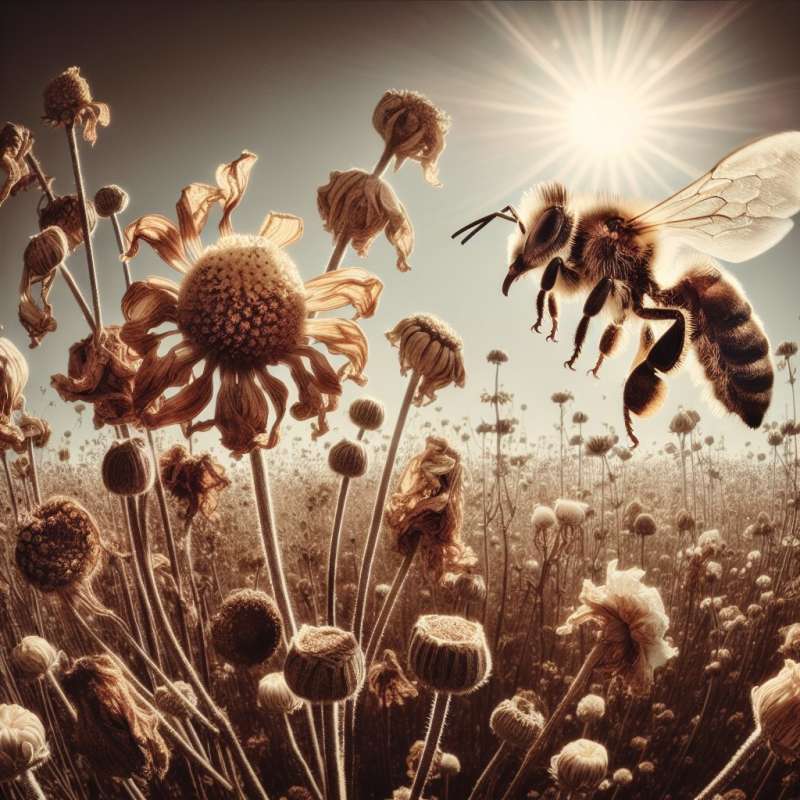
Pollination: A Vital Process
Pollination is crucial for plant reproduction. Surprisingly, not all plants need animals to pollinate them. Some, like grasses, use wind to carry pollen to female structures, showcasing nature's diverse strategies for survival.
Bee Dance Communication
Bees communicate flower locations through a 'waggle dance.' This intricate movement informs hive-mates about direction and distance to nectar, optimizing the pollination process. This discovery won Karl von Frisch a Nobel Prize.
Flower Shape Evolution
Flower shapes have evolved to facilitate pollination. Tubular flowers, for example, are perfectly adapted for hummingbirds, allowing these blooms access to a unique pollinator while preventing others from taking their nectar.
Deceptive Pollination Strategies
Some orchids deceive insects into pollinating them. These orchids emit pheromones mimicking female insects, attracting males. This evolutionary trickery ensures their survival without offering a reward to their pollinators.
Nighttime Pollinators
While bees dominate daytime pollination, at night, moths and bats take over. The lesser long-nosed bat specializes in pollinating agave plants, which are crucial for tequila production. Nature's nightlife is just as essential.
Fungi in Floral Affairs
Mycorrhizal fungi form symbiotic relationships with plants, aiding in water and nutrient absorption. Intriguingly, they can also play a role in plant-to-plant signaling, potentially affecting pollination patterns by improving overall plant health.
Pollination and Climate Change
Climate change impacts pollination by altering bloom times and pollinator behavior. This temporal mismatch can lead to reduced plant reproduction and fewer resources for pollinators, demonstrating the delicate balance within ecosystems.Bees Recognize Human Faces
Bees can remember and recognize human faces, using the same neural mechanisms as humans. This cognitive ability is vital for their complex social interactions.
Which plants use wind for pollination?
Some orchids
Grasses
Agave plants
Company